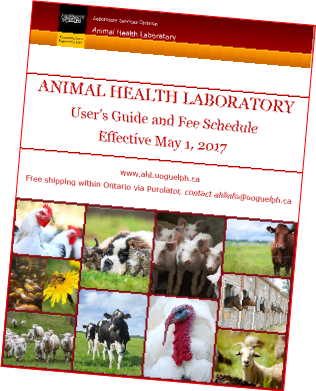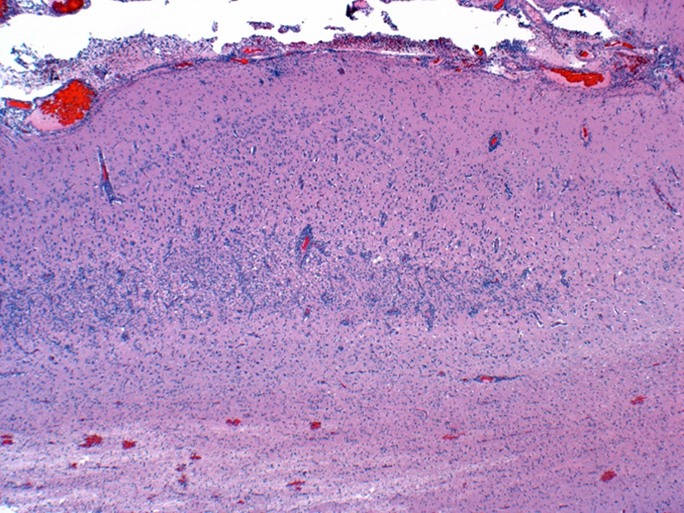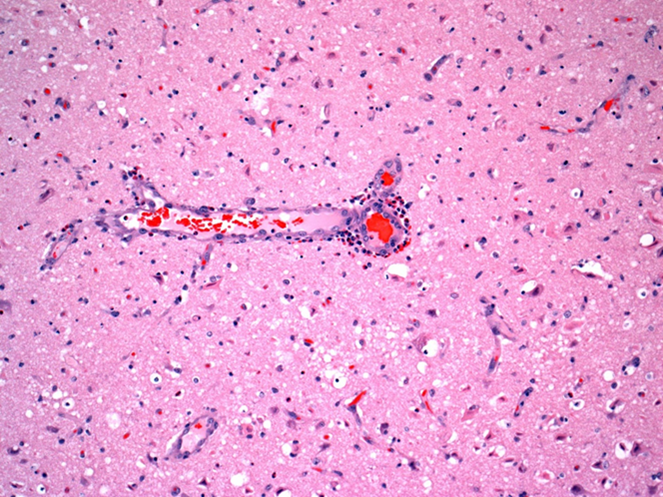AHL Newsletter, June 2017
Click here for a pdf copy of the June 2017 AHL Newsletter.
May 1, 2017, AHL User’s Guide and Fee Schedule
- Includes more test information, new tests (PCR for multiple bee viruses), new test panels, and much more!
- Also available on-line at https://www.uoguelph.ca/ahl/
- Test information is now linked to LabNotes to facilitate test selection and interpretation of results.
- We offer now a combo test for aerobic and anaerobic culture for food animals, ancultf. The anaerobic culture is recommended for abscesses and any deep wound infections.
- Please note that tumor margin evaluation, histt, is charged in addition to the histopathology fee (see page 18).
- IBRV/BoHV-1– antibody ELISA, ibre - 1 mL serum.
- New molecular and bacteriology tests for honey bees.
- New test for Myxobolus cerebralis, the myxosporean cause of whirling disease in salmonids.

Contacting the AHL
Kris Lesniewski, Jim Fairles
The AHL-Guelph to date has resisted the urge to go to a telephone tree answering system. We currently have 2 client service representatives answering phone calls at AHL-Guelph during regular business hours. (8:00 AM to 4:00 PM). AHL is open from 4:00 to 6:00 PM but with limited staffing. If all available staff are on the telephone, after several rings the call will go to voicemail. Voicemail is answered promptly once we have completed phone calls.
In order to assist us, there are several ways you can help both yourself and AHL in reducing missed calls and resulting voicemail.
- Tip: if you are looking for a particular person at the AHL that has a separate extension (veterinarians, lab supervisors), you can call 519-824-4120, and dial the extension – or: at the university switchboard, dial 0 (then you may have to dial 0 again) and you are connected to the automated system – you just need to say the name of the person you want to speak to, and you will be connected automatically (e.g., say “Jim Fairles” – and you will be connected to 54611).
- Our website – www.ahl.uoguelph.ca - for price schedule (contact ahlinfo@uoguelph.ca for user name and password), user guide, submission forms, contact information, emails and extension numbers of labs and staff. https://www.uoguelph.ca/ahl/contact-us/email-or-phone-us
- Email – non-urgent enquiries – email works best! ahlinfo@uoguelph.ca is monitored and tasks completed daily. Emails can be sent directly to the individual labs as well.
- Online access to results – if not set up already – you can get online access to results directly through our LIMS, where you can download case reports and invoices. The AHL Fee Schedule is also available here and includes external test lab locations for tests that we send out.
- Sample receipt confirmation – with this turned on, you receive a confirmation when we enter the case so you know that your submission has arrived and that the correct tests have been ordered.
Please stay tuned for more exciting things in 2017 including an improved client portal, where you enter submissions online and access and tabulate results.
Qualitative determination of desmethylbromethalin in tissue
Felipe Reggeti, Nick Schrier
Bromethalin is a non-anticoagulant neurotoxic rodenticide. It inhibits oxidative phosphorylation, limiting ATP production, which causes cell swelling, increased lipid peroxidation, and other effects. Bromethalin is rapidly absorbed from the GI tract and metabolized in the liver to desmethylbromethalin (DMB), a more potent inhibitor of mitochondrial respiration. Metabolites cross the blood-brain barrier and are very lipophilic; therefore, they readily accumulate in the brain and spinal cord causing CNS edema. The diagnosis is based upon history of exposure, clinical signs, and determination of DMB in tissues. Bromethalin was registered in 1985, but given the increasing restrictions on the use of anticoagulant rodenticides, it has become more available in recent years. Exposure of pets and non-target wildlife has been documented.
The veterinary analytical toxicology section of the Animal Health Laboratory has recently installed and verified a liquid chromatography–tandem mass spectrometry (LC-MS/MS) method developed by the California Animal Health and Food Safety Laboratory (CAHFS; Davis, California) for the qualitative determination of DMB. Fat, brain, liver and bait are suitable matrices, but because DMB is very lipid-soluble, fat and brain are the best diagnostic samples.
This is a qualitative test. A positive result indicates exposure to bromethalin, but significance needs to be interpreted in the context of clinical presentation. Cost of analysis is $90 per sample, with a 5-10 business day turnaround time.
 |
 |
|
Figure 1. Subacute cerebral cortical laminar necrosis in a pig, compatible with indirect salt toxicosis. Neurons in middle cortical lamina (bracket) are necrotic, the lamina is hypercellular, and resident blood vessels are lined by hypertrophic endothelium. |
Figure 2. Indirect salt toxicosis; numerous eosinophils are in Virchow-Robin space around a blood vessel in cerebral cortex (short arrow). Many hypereosinophilic necrotic neurons are present in surrounding neuroparenchyma (long arrows). |
AHL Newsletter
June, 2017 - Volume 21, Number 2
Editor: Grant Maxie, DVM, PhD, Diplomate ACVP
Editorial Assistants: Helen Oliver, April Nejedly
The AHL Newsletter is published quarterly (March, June, September, December) by the Animal Health Laboratory, Laboratory Services Division, University of Guelph.
Its mission is to inform AHL clients and partners about AHL current activities, and laboratory-based animal disease events and disease trends. All material is copyright 2017. Ideas and opinions expressed herein do not necessarily reflect the opinions of the University or the Editor.
Articles may be reprinted with the permission of the editor and with appropriate credit given to the AHL Newsletter.
Mailing address & contact information:
Animal Health Laboratory
Laboratory Services Division, University of Guelph
Box 3612, Guelph, Ontario, Canada N1H 6R8
Phone: (519) 824-4120 ext. 54538; fax: (519) 821-8072
To receive an electronic copy of this Newsletter, please send your email address to us at holiver@uoguelph.ca
ISSN 1481-7179
Canada Post Publications number - 40064673
Contributors to this issue
- from the Animal Health Laboratory:
Melanie Barham, DVM, PMP
Michael Deane, BA
Josepha DeLay, DVM, DVSc, Diplomate ACVP
Jim Fairles, DVM, MBA
Murray Hazlett, DVM, DVSc, Diplomate ACVP
Kris Lesniewski, AHT, MLT
Beverly McEwen, DVM, PhD, Diplomate ACVP
Felipe Reggeti, DVM, PhD, Diplomate ACVP
Nick Schrier, MSc
Jan Shapiro, DVM, DipEqSurg, DipPath
Durda Slavic, DVM, PhD
Margaret Stalker, DVM, PhD, Diplomate ACVP
Andrew Vince, DVM, DVSc, Diplomate ACVP
Other contributors:
Adam Chambers, DVM; Bruce Duncan, DVM; AGCO, Toronto, ON.
Kent Charlton, DVM, Durham, ON
Ann Godkin, DVM, DVSc, OMAFRA, Guelph, ON
Our continued thanks to all of the non-author AHL clerical, technical, and professional staff who contribute to the generation of results reported in the AHL Newsletter.




